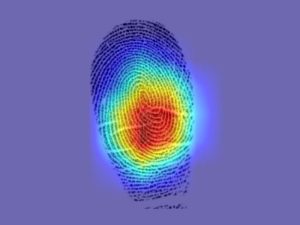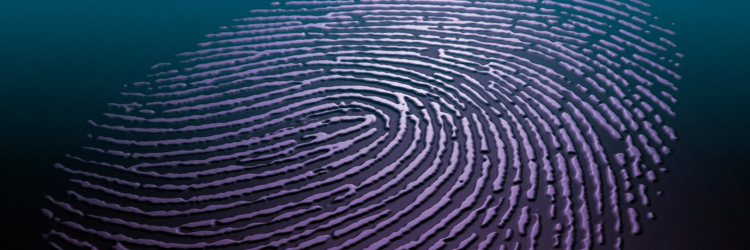Video: AI Shatters Fingerprint Uniqueness Theory
Oh oh! Can you imagine what this could mean? Columbia engineers created a new AI that shatters the long-held belief in forensics–that fingerprints from different fingers of the same person are unique. According to the AI effort, they are similar, but it seems we’ve been comparing fingerprints incorrectly!
Fingerprints have been the forensic gold standard for linking criminals to a crime. However, when a criminal leaves prints from different fingers at two separate crime scenes, linking the two crimes is difficult. Until now, we believed that the fingerprints of different fingers of the same person–“intra-person fingerprints”–are unique and, therefore, unmatchable.
A Columbia Engineering research team challenged the widely held presumption. They found a public U.S. government database of approximately 60,000 fingerprints and fed them into an AI-based deep contrastive network in pairs. Sometimes the pairs belonged to the same person (but different fingers), but sometimes they belonged to different people.
The AI system improved at telling when seemingly unique fingerprints belonged to the same person and when they didn’t, reaching 77% accuracy for a single pair. When the team presented multiple pairs, the accuracy was significantly higher, increasing current forensic efficiency more than tenfold.
When the team tried to publish its results in a well-known forensic journal, it rejected them with a note from the anonymous expert reviewer and editor concluding, “It is well known that every fingerprint is unique,” so it wouldn’t be possible to detect similarities even if the prints came from the same person.
So, the team went back to work. They re-verified their findings and taught their AI system even more. They tried to publish their results to a more general audience and were again rejected.
Tenacity pays, however. Lipson, the James and Sally Scapa Professor of Innovation in the Department of Mechanical Engineering and co-director of the Makerspace Facility, appealed, saying: “I don’t normally argue editorial decisions, but this finding was too important to ignore,” he said. “If this information tips the balance, then I imagine that cold cases could be revived, and even that innocent people could be acquitted.”
After more back and forth, the paper was finally accepted for publication by Science Advances.
One of the main challenges to this new tech was the question of what alternative information the AI used that has evaded decades of forensic analysis. After carefully visualizing the AI system’s decision process, the team concluded that the AI used a new type of forensic marker. Instead of using the branchings and endpoints in fingerprint ridges (called minutiae), the AI system focused on the angles and curvatures of the swirls and loops in the center of the fingerprint.

Credit: Gabe Guo,/Columbia Engineering
The authors presented evidence indicating that the AI performs similarly across genders and races where samples were available. They say that more careful validation needs to be done using datasets with broader coverage if this technique is to be used in practice.
The system’s accuracy isn’t sufficient to officially decide a case, but it can help prioritize leads in ambiguous situations.

